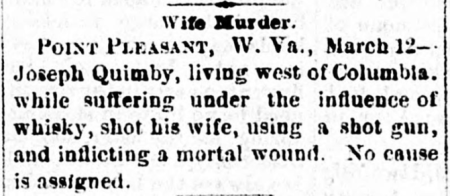
In August 1835 The Sun, New York’s most serious and conservative newspaper, ran a series of six articles detailing fantastic discoveries purportedly made by English astronomer, Sir John Herschel.
Citing an Edinburgh newspaper as the source, The Sun told its readers that Herschel had constructed a gigantic new telescope, featuring a precision-moulded glass lens weighing almost seven tons. Using some technical detail, The Sun explained how Herschel’s telescope had powers of magnification far exceeding earlier devices.
The unknown writer then offered a detailed account of what Herschel saw when he turned his enormous telescope on the Moon: vast oceans, giant mountain ranges, active volcanoes, tropical vegetation, thick forests – and several types of animal, including a form of beaver erectus:
“[Dr Herschel] classified nine species of mammalia and five of ovipara. Among the former is a small kind of reindeer, the elk, the moose, the horned bear and a biped beaver. The last resembles the beaver of the earth in every other respect than in its destitution of a tail and its invariable habit of walking upon only two feet. It carries its young in its arms like a human being and moves with an easy gliding motion. Its huts are constructed better and higher than those of many tribes of human savages, and from the appearance of smoke in nearly all of them, there is no doubt of its being acquainted with the use of fire.”
“The wings seemed completely under the command of volition, for those of the creatures whom we saw bathing in the water, spread them instantly to their full width, waved them as ducks do their to shake off the water and then as instantly closed them again in a compact form. [The creatures] then almost simultaneously spread their wings and were lost in the dark confines of the canvas before we had time to breathe from our paralyzing astonishment. We scientifically denominated them as Vespertilio Homo, or ‘man bat’, and they are doubtless innocent and happy creatures.”
As might be expected, the reports in The Sun caused a sensation, giving rise to frantic discussions and speculations among New Yorkers. It also sparked a marked increase in the newspaper’s sales. Other American newspapers seized on it and ran excerpts from The Sun’s articles.
It wasn’t until October, some seven weeks later, that The Sun reports were exposed as a hoax. Despite this the newspaper never published a retraction, admission or apology.
Source: The Sun (New York), August 27th and 28th, 1835. Content on this page is © Alpha History 2019-23. Content may not be republished without our express permission. For more information please refer to our Terms of Use or contact Alpha History.

